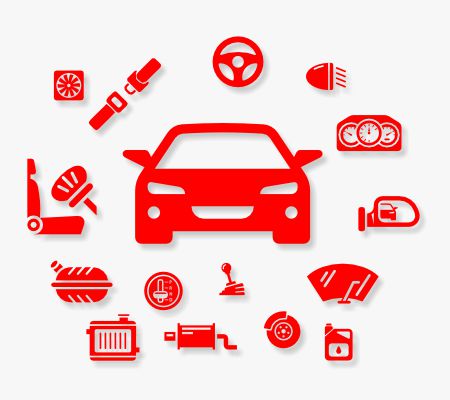
We qualify the various components of a vehicle
For a vehicle to meet its manufacturer's safety and environmental requirements, each of these sub-assemblies must be qualified to the specification required by that same manufacturer.
Thanks to the diversity of our testing capabilities in terms of size, volume and fields covered, the Emitech Group is potentially the best placed to handle the entire qualification of your product, or even to support you in its development.
We are thus able to optimize your costs and lead times.
On the road to optimized qualifications
Power electronics, lighting... illustration of expertise
For comprehensive support of test campaigns, the Emitech Group's test centers and laboratories offer comprehensive skills in test fields (EMC/radio, safety, environments, NVH...) with resources sized in terms of reception capacities and correlation between the specification of the need and the allocated resource.
Our technical departments integrate emerging needs so that we can always offer comprehensive and simplified support in carrying out these test campaigns.
Whether you need dedicated servitudes, acquisition systems or the development of specific test resources, we offer you tailor-made support.
Qualifications on every element of power electronics
The Emitech Group handles complete test campaigns on every element of power electronics present in electric (BEV) and hydrogen (FCEV) vehicles by supplying power supplies, charges and simulators.
The DC/DC converter (or DC/DC converter) converts the high battery voltage into a lower voltage used by the vehicle's electrical systems. We also test bi-directional sDC/DC converters enabling V2G.
The inverter transforms direct current (DC) from the battery into alternating current (AC) to power the electric motor. It regulates motor speed and torque by adjusting the frequency and amplitude of the AC current.
The on-board charger (or AC/DC charger) which converts alternating current (AC) from the electrical grid into direct current (DC) to charge the vehicle's battery.
Battery management systems (BMS) which, although technically distinct from power electronics, are essential for monitoring and managing battery condition, including voltage, current, temperature, and state of charge.
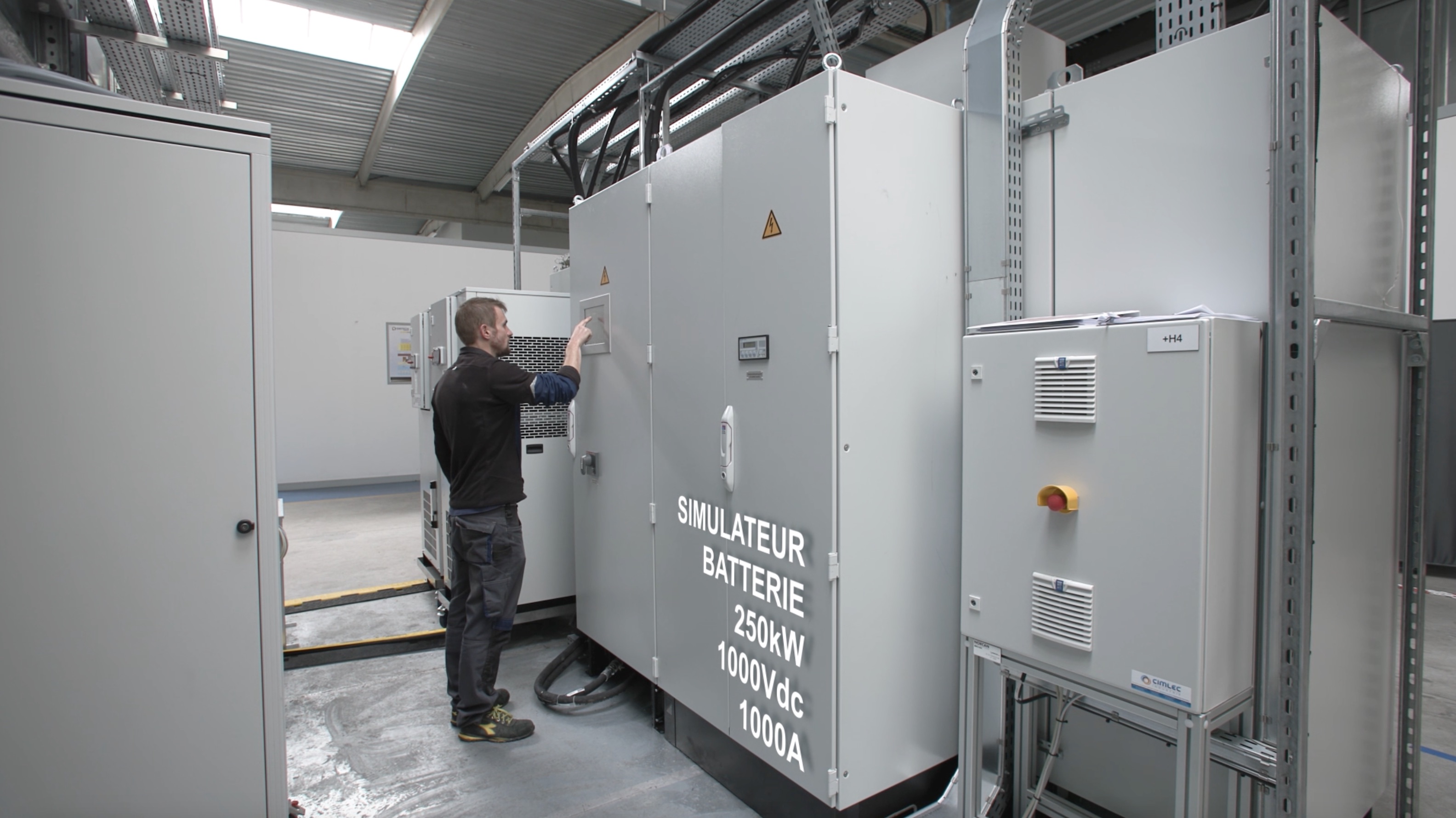
Network Emulator
Emulating different networks in voltage and frequency makes it possible to reproduce various electrical network conditions that chargers might encounter in practice (voltage, frequency. ..)
Our current installations can deliver 1800 kVA.
Practical case
A high-powered electric bicycle charger can be tested by simulating the different networks available in the world.
Regulatory framework: CE marking in Europe, FCC & marks for the North American market...
In addition to the testing capabilities required to qualify the charger, the particularities associated with the powers involved need to be integrated (EMC filtering, heat dissipation in climatic enclosures...)
A power rejection system can limit power requirements in absolute terms.
Programmable load with re-injection
DC electronic loads with re-injection absorb the energy supplied and convert it for re-injection into the power grid.
This ability to recycle energy makes the test process more efficient in terms of power consumption and enables the input power of the electronic subassembly concerned by the test implementation to be increased.
A programmable DC load enables the real operating conditions of electronic components, such as inverters, on-board chargers, or DC/DC converters, to be simulated. This ensures that tests faithfully reflect the vehicle's operating conditions.
By adjusting load parameters, it is possible to assess component performance under different charging and discharging conditions, which is crucial for optimizing energy efficiency.
These loads enable tests to be carried out in line with international standards, such as UNECE R100 for electric vehicles, which covers safety aspects.
Energy re-injection can also be used to test the impact of subassemblies on power grid quality, in terms of voltage stability, current, and harmonic distortions, which are critical aspects for compliance with electrical regulations and crucial for V2G applications.
Charging station
Battery chargers AC (50 kVA) or DC (400 kW) are available from our test centers.
Stable, controlled power supply (Keeps electric vehicles charged and operational for various tests, including when the vehicle is not in motion | Provides a stable power source for testing individual components such as inverters, DC/DC converters, etc. )
Simulation of real-life charging conditions (Charging scenarios : Simulates real-life charging conditions to assess the behavior of vehicles or subsystems during and after charging | Compatibility and performance testing : Checks the compatibility of subsystems with different types of chargers and evaluates their performance under various charging conditions. )
System integration assessment (Interaction with the overall vehicle system, including battery management and electronic control systems | Verifies the efficiency and safety of charging interfaces between vehicle and charger)
Durability and reliability testing (Battery life cycle: Assesses the impact of repeated charging cycles on vehicle battery performance and longevity | Component reliability: Tests the durability of power electronics components under regular charging and discharging cycles)
Battery simulator
A battery simulator allows you to obtain different voltage and current levels corresponding to various battery types and sizes.
It allows different states of charge (SoC) and discharge conditions to be imitated, enabling subassemblies to be tested in a variety of realistic scenarios without the need for a real battery.
It facilitates repetitive testing without the charge and discharge time constraints of a physical battery.
For the qualification of various components making up power electronics (converter, inverter...), it accurately simulates the voltage and current conditions these components encounter in real-life situations.
It enables the performance and accuracy of BMS systems to be assessed in managing different battery states of charge.
By simulating extended charge and discharge cycles, it enables the impact on subassembly life to be assessed, or the reaction of different subassemblies to rapid changes in charging conditions to be studied.
More and more advanced testing and servicing at your service
Checking that a modern optic is working properly during qualification involves several key steps, which go beyond durability and environmental performance tests.
For a Matrix pixel LED device, this involves having the acquisition system verify that each LED in the matrix works correctly at different brightness levels, or alternatively, ensuring that the system can switch individual LEDs on and off accurately and quickly, as required for the Matrix function.
Halogen, LED,OLED, MATRIX pixel LED, LASER headlights with or without ADAS integration, we check the correct operation of your optics during the various test phases
Our test centers capitalize on our expertise in test control, engineering and bench design to automate tests, check correct operation procedures and implement test campaigns in their entirety :
- in electromagnetic (immunity, emission) and electrical (transients, ESD. ..)
- in mechanical and physico-chemical environments (thermal, humidity, abrasion, UV, rain and dust, vibration and shock, salt spray, chemical exposure, etc...)
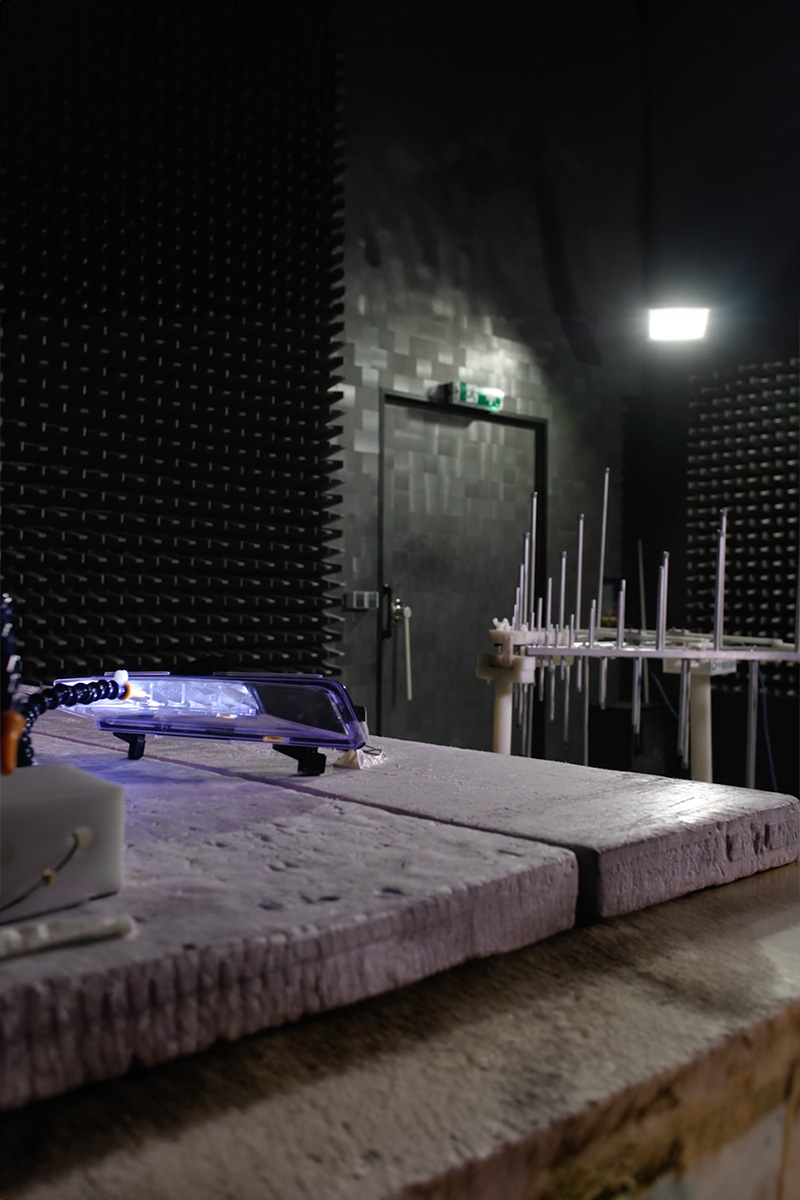
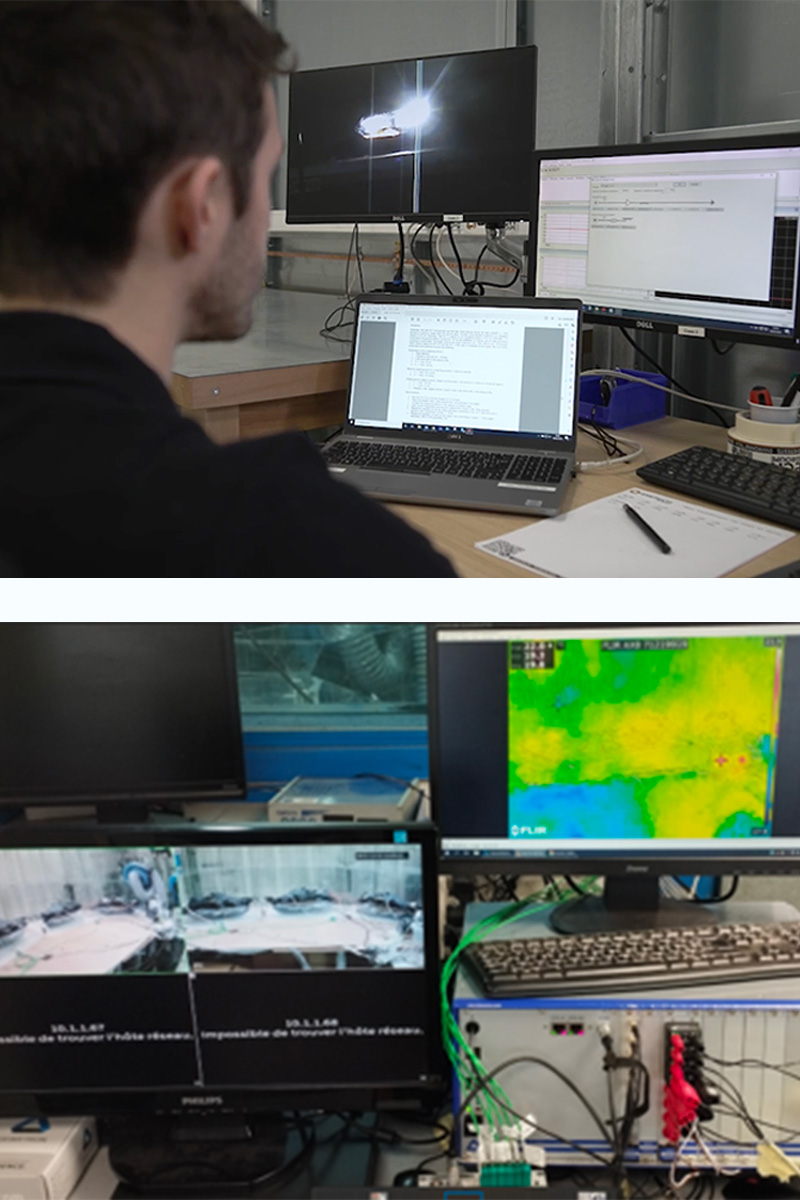
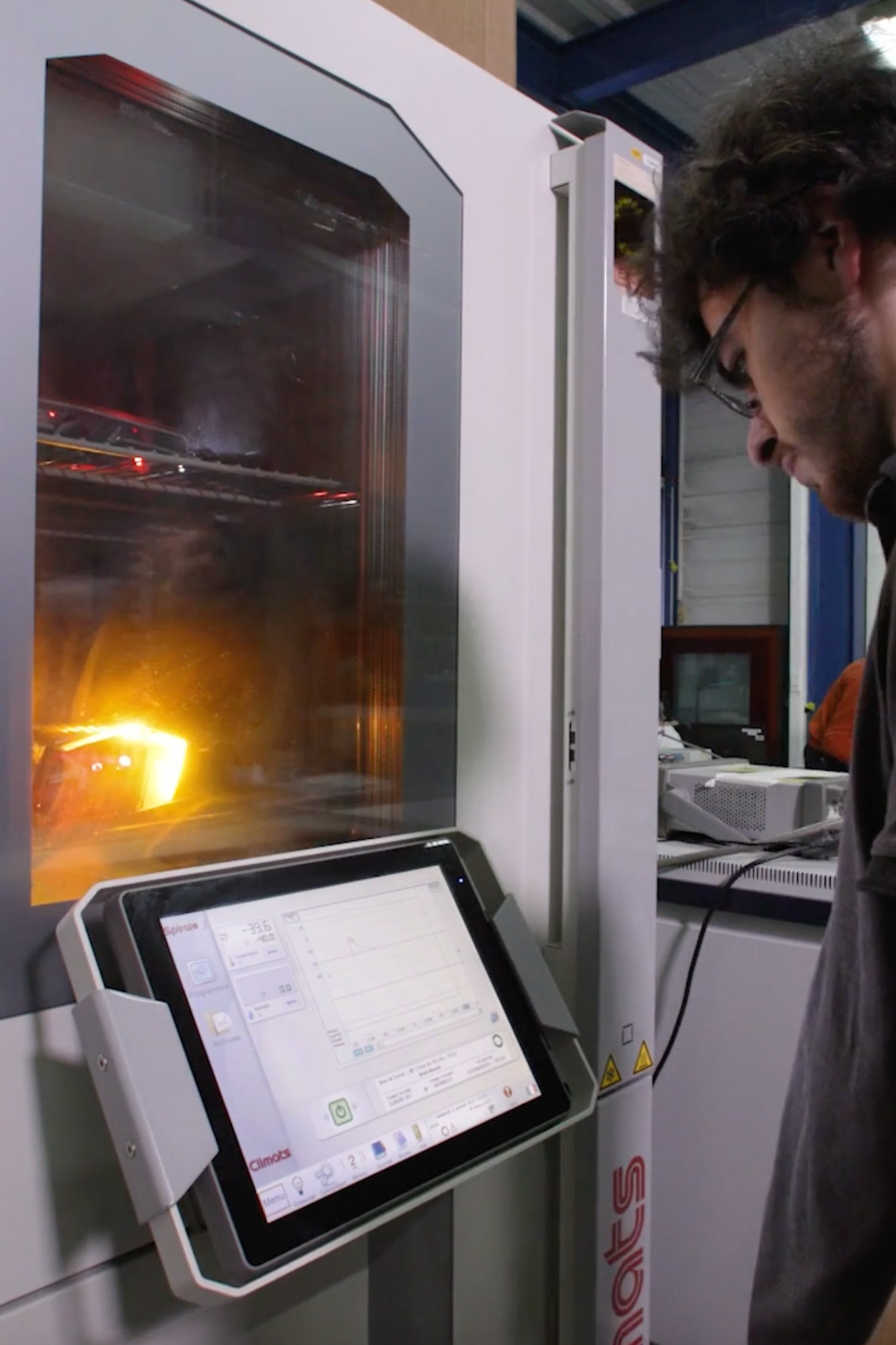
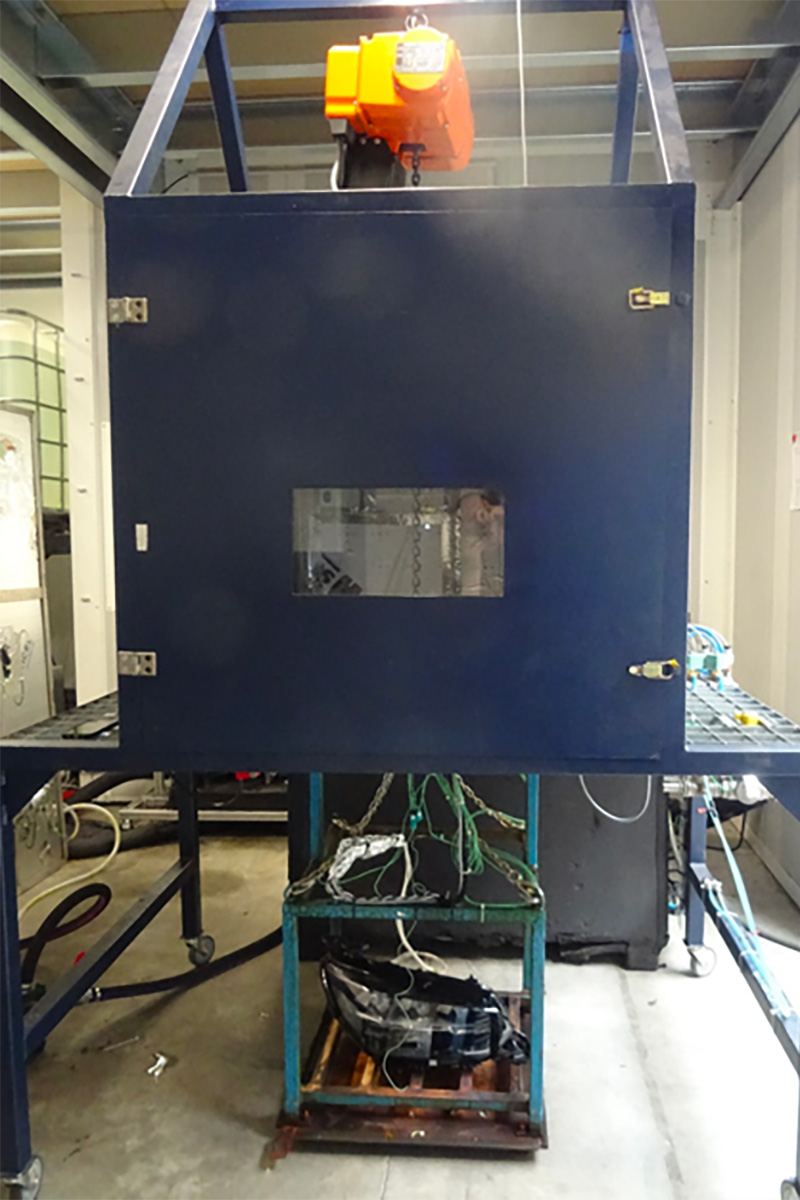
Examples of standards, test methods and specifications
- Electromagnetic compatibility and electrical testing: ECE R10, manufacturers' specifications
- Climatic : IEC 60068-2-1, 2, 14, 30, 38, 78
- Vibrations: IEC 60068-2-6, 27, 64
- Salt spray: IEC 60068-2-11/52, ISO 9227, RSA ECC1, VCS-1027-1449. ..
- Fluid resistance: ISO16750, B21-7130, 36 00 802, GMW 3172...
- Tightness: IEC-6529, ISO-20653...
- Fire: ECE R118 - appendix 6 & 10, ISO 3795, FMVSS302, D45 1333, ISO 6722-1
The signature of the Emitech Group is to go beyond simple test control.
Thus, we offer the easements required to ensure the operation of your equipment: electrical power, pneumatic network, hydrogen. ..
With a simple Teams call, we enable you to pilot your test campaigns 2.0 with modern tools such as Hololens.
Electromagnetic compatibility
The know-how of our teams, our technical resources and associated easements enable us to carry out the EMC qualifications applicable to any SEEE of a vehicle.
equipment typology
Dashboard, ECU, airbag, pretensioner, power electronics, wiper, optics, mirrors, heat pump, fuel cell, charger, converter...
To remember
Our laboratories are located throughout France and include more than 50 faraday cages.
Our resources are shared with those used in aerospace and defense qualification, enabling us to go beyond the usual automotive specifications.
Our services are complemented by our training, studies and engineering.
Climatic
Hot, cold, humidity, rapid temperature variation... our range of climatic environment tests covers all the needs of the automotive sector
equipment typology
All vehicle sub-assemblies are affected.
To remember
Our laboratories are spread across the country and include over 90 enclosures with a wide variety of characteristics.
This diversity enables us to provide you with the best solution in terms of performance/price ratio without sacrificing the quality of the service and always optimizing your turnaround times.
Vibrations, shocks, combined tests
Our teams can integrate into your service the design and development of the tooling associated with your equipment for optimal implementation of your tests.
equipment typology
From the HV battery to the switch, any ESA vehicle component or mechanical part
To remember
More than 50 electrodynamic vibrators, hydraulic cylinders, impact machines... are at your disposal in our various test centers.
Climatic chambers can be associated with vibrators for combined tests.
We can complete our installations with hydraulic constraints (e.g. hoses), an H2 power supply (e.g. fuel cells), a charge/discharge bench (e.g. batteries).
Endurance
Mechanical stresses
Static tests up to failure, endurance tests on maneuvering over a very large number of cycles.
equipment typology
All moving parts of a vehicle and parts subject to stress
To remember
Set of hydraulic cylinders up to 500,000 N, and control means to operate up to 6 cylinders simultaneously on the same structure.
6-axis robots for low-stress testing.
Combined climatic testing capability
Physico-chemical
Our resources enable us to implement a wide range of environmental constraints :
- Corrosion
- Fluid resistance
- Sunlight
- Solar radiation
- Wind and rain
- Altitude and rapid decompression
equipment typology
Any subassembly exposed to constraints related to its environment
To remember
Our various laboratories have 8 salt spray chambers (450 dm3 to 13m3), are equipped with workshops and fume cupboards for fluid resistance (aspersion, immersion, coating), IP-IK means, UV resistance chambers, sunlight resistance. ..
Hydraulics, pneumatics, lights, abuse testing, HALT and more
Hydraulics & Pneumatics
Pressure - endurance - leakage tests
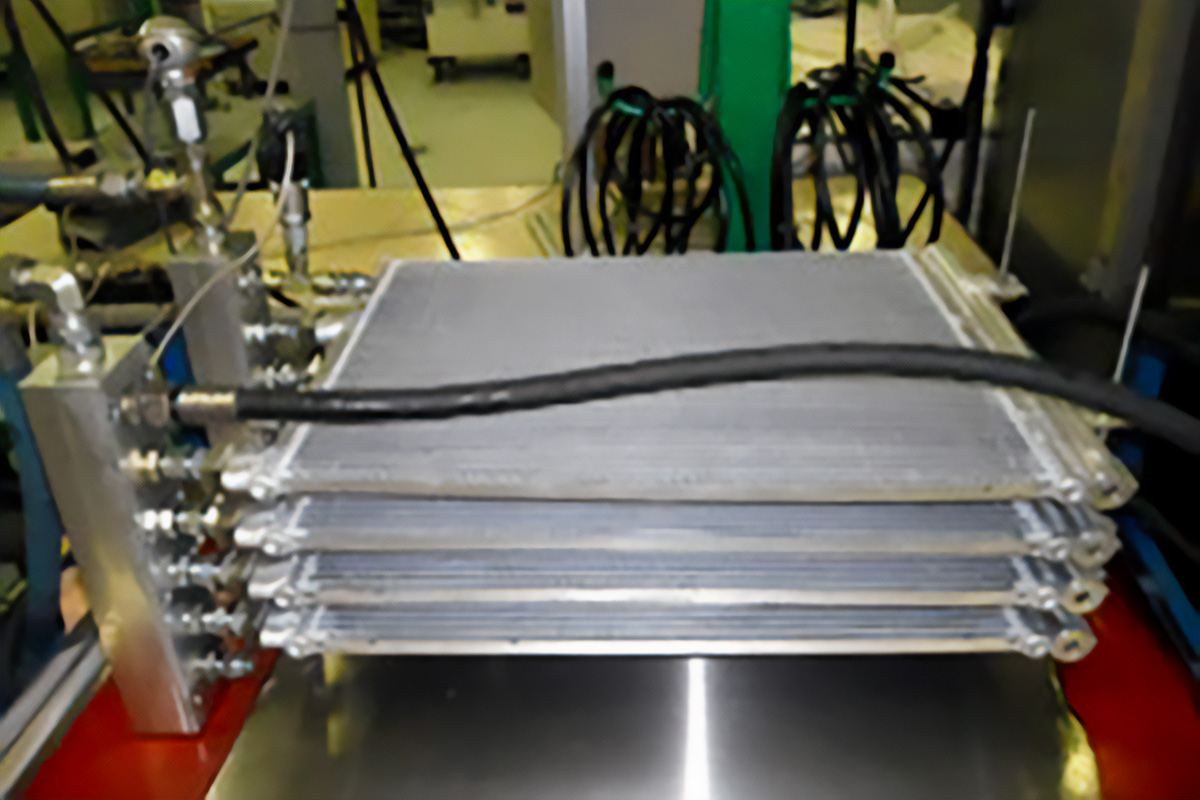
- radiator, air conditioner
- tanks, hoses
- brake system
- connectors
Fires on materials and
critical components
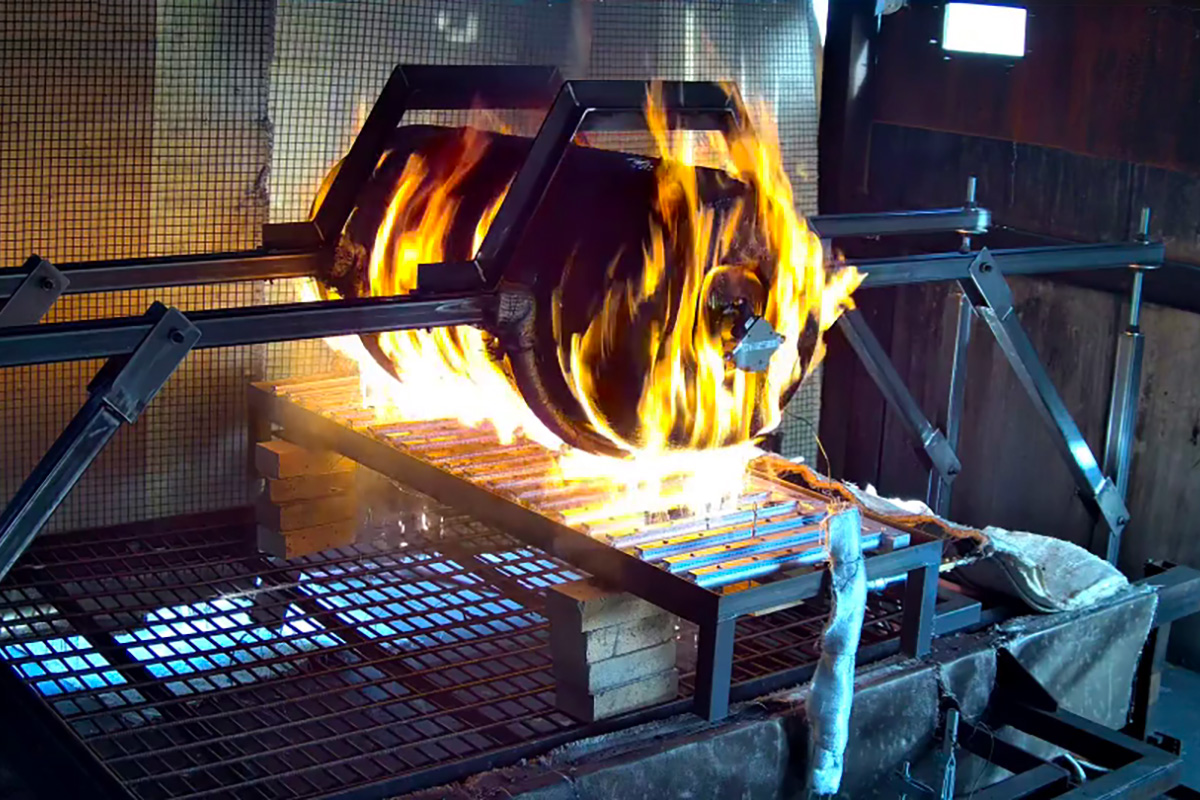
- Fire tests on materials - ECE R118
- Fire tests on batteries - ECE R100
- Fire tests on H2 tanks - ECE R134
Abusive testing (Fluids)
Power electronics
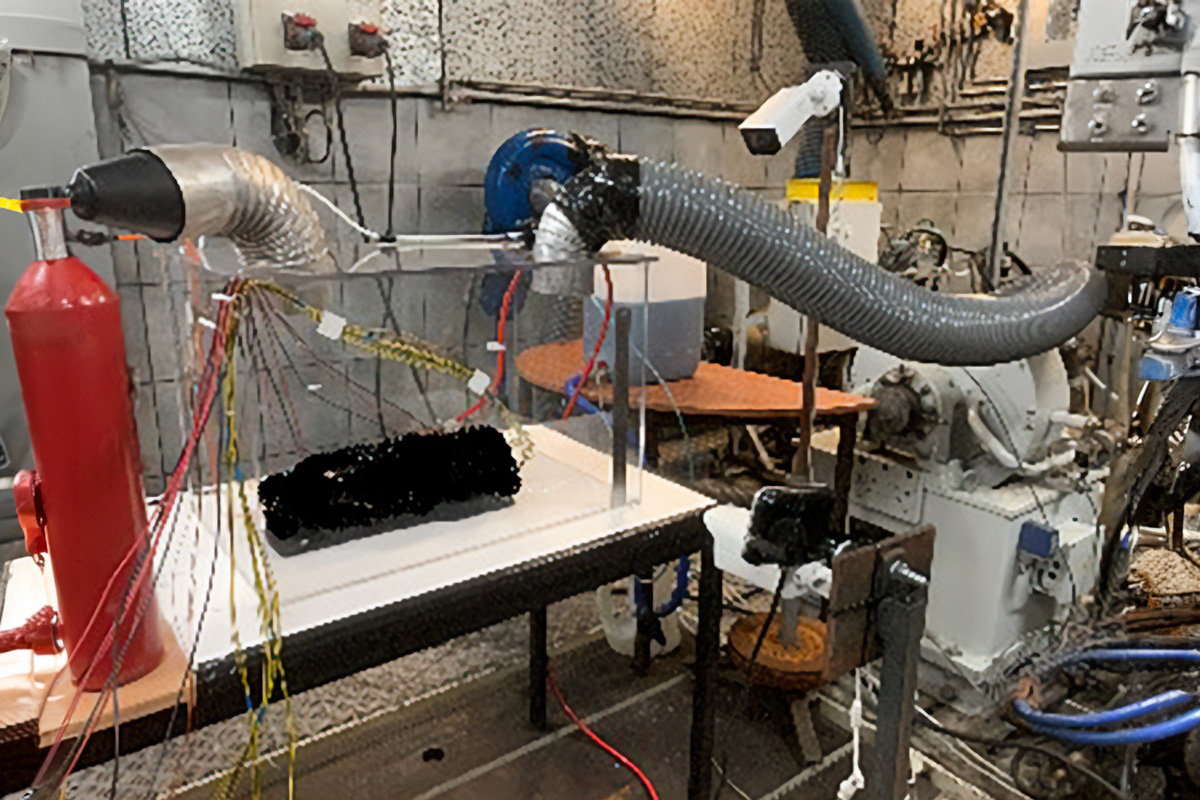
- Partial immersion in a fluid
- Humidity test (Spray on PCB)
- Drip test (local water entry up to 20µL per drop)
Abusive testing (Electrical)
Power electronics

- Electrical testing of screwed connections (loosening connections, vibrations....)
- Long-term overloading on LV or HV lines
- Main fuse melting test up to 6kA
HALT & HASS
Accelerated life testing
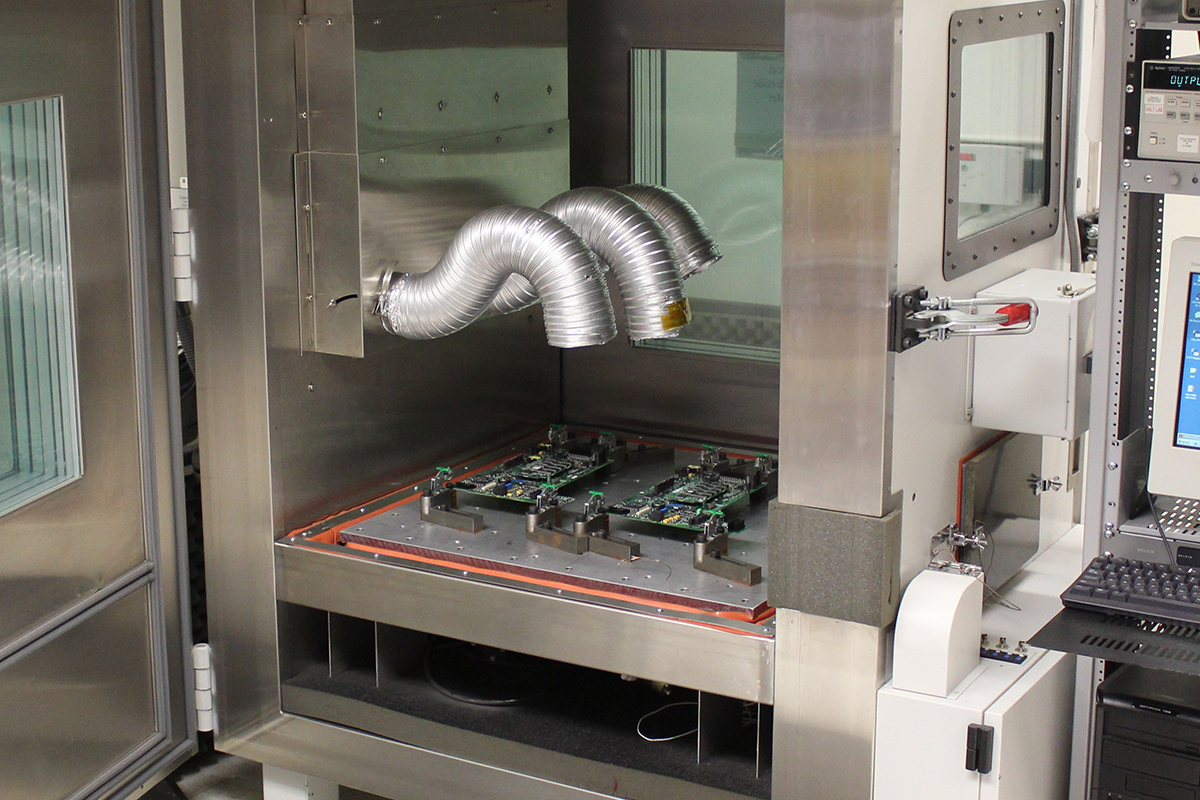
- Stepwise temperature decrease (max - 100 °C)
- Stepwise temperature rise (max +200 °C)
- Stepwise vibration level rise gRMS
- Rapid Temperature Variations
- Test combining rapid variation of temperature and vibration
Aging
catalysts

- Catalyst characterization
- Temperature exploration
- Oil combustion
- Exhaust gas measurements

